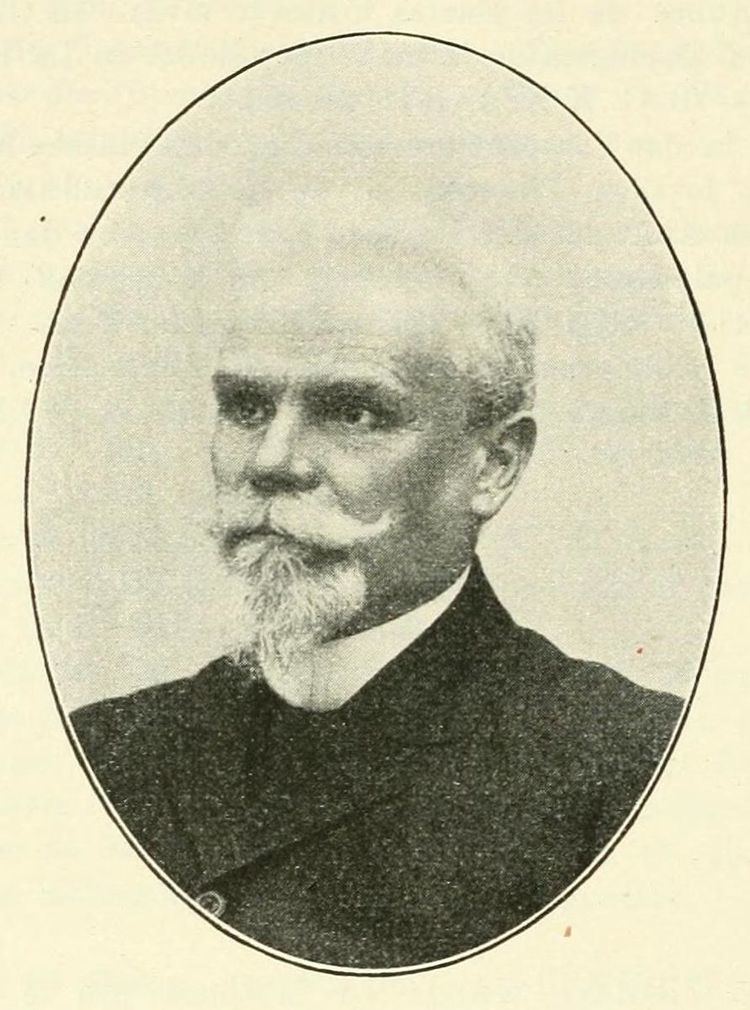 | ||
Died 3 November 1920, Rome, Italy | ||
Giuseppe Cuboni (2 February 1852, Modena – 3 November 1920, Rome) was an Italian botanist and agronomist, known for his pioneer work in the field of plant pathology.
He studied medicine and natural sciences in Rome, where botanist Giuseppe De Notaris was an important influence to his career. From 1877 he spent four years working at the Botanical Garden of Rome, followed by a professorship at the School of Viticulture in Conegliano. Here he served as a professor of natural sciences (1881–85), then that of botany and plant pathology (1886–87). From 1887 to 1920 he was director of the Stazione di Patologia vegetale (Station for Plant Pathology) in Rome.
He is remembered for his research of plant diseases and their associated remedies. making significant contributions in his investigations of downy mildew and phylloxera, two scourges of grape vineyards. He also distinguished himself in his studies on the agriculture of southern Italy, finding species and varieties of agricultural plants that were adaptable to the special climatic conditions of the region.
The mycological genus Cubonia was named after him by Pier Andrea Saccardo.
